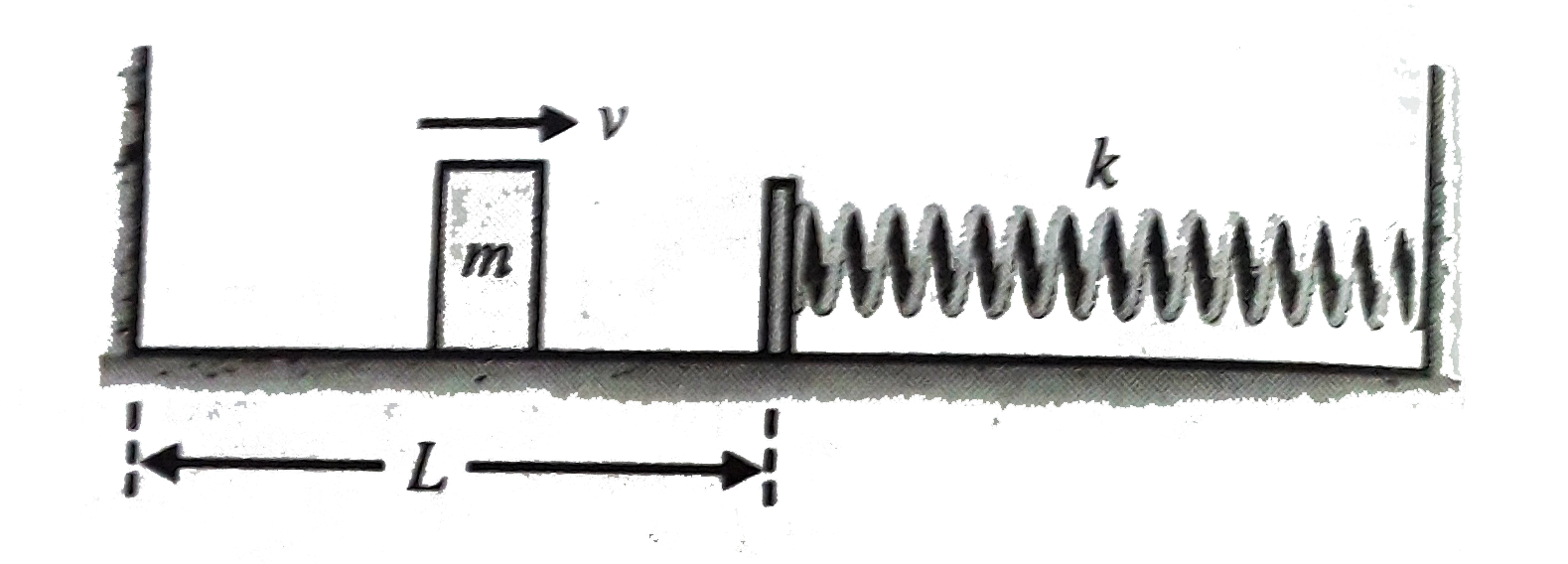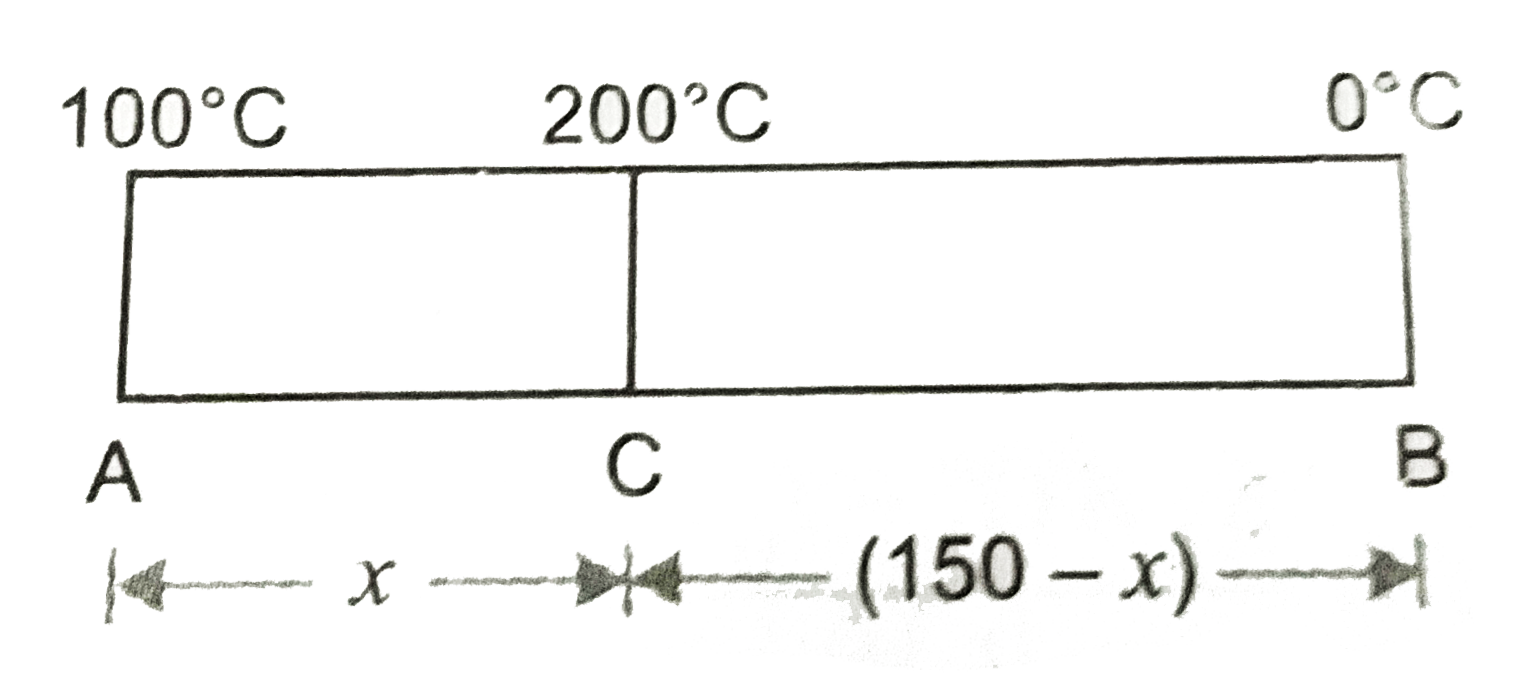In the process of wine making, ripened grapes are crushed so that sugar and enzyme should come in contact with each other and fermentation should start. What will happen if anaerobic conditions are not maintained during this process?
Step-by-Step Solution:
1. Understanding Fermentation:
- In winemaking, the process of fermentation is crucial for converting sugars present in grapes into alcohol (ethanol). This process is known as alcoholic fermentation.
2. Role of Enzymes:
- When grapes are crushed, the sugar (sucrose) comes into contact with enzymes (like invertase). This enzyme catalyzes the breakdown of sucrose into glucose.
3. Anaerobic Conditions:
- Alcoholic fermentation occurs under anaerobic conditions, meaning that there is no oxygen present. Under these conditions, glucose is converted into pyruvate through glycolysis.
4. Conversion of Pyruvate:
- In the absence of oxygen, pyruvate is then converted into ethanol (alcohol) and carbon dioxide (CO2). This is the desired outcome in winemaking.
5. Effect of Oxygen:
- If anaerobic conditions are not maintained and oxygen is present, the process changes. Instead of converting pyruvate into ethanol, the pyruvate will undergo aerobic respiration.
6. Aerobic Respiration:
- In the presence of oxygen, pyruvate is converted into carbon dioxide (CO2) and water (H2O) through aerobic respiration. This process does not produce ethanol.
7. Pasteur Effect:
- The phenomenon where the presence of oxygen inhibits the fermentation process and favors aerobic respiration is known as the Pasteur effect. This is why it is critical to maintain anaerobic conditions during fermentation in winemaking.
Conclusion:
If anaerobic conditions are not maintained during the fermentation of grapes, the pyruvate produced will not be converted into ethanol. Instead, it will be converted into carbon dioxide and water, leading to the failure of alcohol production.
---
- In winemaking, the process of fermentation is crucial for converting sugars present in grapes into alcohol (ethanol). This process is known as alcoholic fermentation.
- When grapes are crushed, the sugar (sucrose) comes into contact with enzymes (like invertase). This enzyme catalyzes the breakdown of sucrose into glucose.
- Alcoholic fermentation occurs under anaerobic conditions, meaning that there is no oxygen present. Under these conditions, glucose is converted into pyruvate through glycolysis.
- In the absence of oxygen, pyruvate is then converted into ethanol (alcohol) and carbon dioxide (CO2). This is the desired outcome in winemaking.
- If anaerobic conditions are not maintained and oxygen is present, the process changes. Instead of converting pyruvate into ethanol, the pyruvate will undergo aerobic respiration.
- In the presence of oxygen, pyruvate is converted into carbon dioxide (CO2) and water (H2O) through aerobic respiration. This process does not produce ethanol.
- The phenomenon where the presence of oxygen inhibits the fermentation process and favors aerobic respiration is known as the Pasteur effect. This is why it is critical to maintain anaerobic conditions during fermentation in winemaking.
If anaerobic conditions are not maintained during the fermentation of grapes, the pyruvate produced will not be converted into ethanol. Instead, it will be converted into carbon dioxide and water, leading to the failure of alcohol production.
Topper's Solved these Questions
- ALCOHOLS, PHENOLS AND ETHERSBook:MODERN PUBLICATIONChapter:ALCOHOLS, PHENOLS AND ETHERSExercise:CONCEPTUAL QUESTIONS 2
Explore 15 Videos
- ALCOHOLS, PHENOLS AND ETHERSBook:MODERN PUBLICATIONChapter:ALCOHOLS, PHENOLS AND ETHERSExercise:NCERT (IN-TEXT EXERCISES)
Explore 12 Videos
- ALCOHOLS, PHENOLS AND ETHERSBook:MODERN PUBLICATIONChapter:ALCOHOLS, PHENOLS AND ETHERSExercise:PRACTICE PROBLEM
Explore 26 Videos
- ALDEHYDES ,KETONES AND CARBOXYLIC ACIDSBook:MODERN PUBLICATIONChapter:ALDEHYDES ,KETONES AND CARBOXYLIC ACIDSExercise:UNIT PRACTICE TEST
Explore 13 Videos
Similar Questions
In wine making, grapes are the source of sugars and yeast. As grapes ripen, the quantity of sugar increases and yeast grows on the outer skin. When grapes are crushed, sugar and the enzyme come in contact and fermentation starts. Fermentation takes place in anaerobic conditions ie., in absence of air. Carbon dioxide is released during fermentation.
The action of zymase is inhibited once the percentage of alcohol formed exceeds 14 per cent. If äir gets into fermentation mixture, the oxygen of air oxidises ethanol to ethanoic acid which in turn destroys the taste of alcoholic drinks.
Ethanol is a colourless liquid with boiling point 351 K. It is used as a solvent in paint industry and in the preparation of a number of carbon compounds. The commercial alcohol is made unfit for drinking by mixing in it some copper sulphate (to give it a colour) and pyridine (a foul smelling liquid). It is known as denaturation of alcohol. Nowadays, large quantities of ethanol are obtained by hydration of ethene.
Under what conditions is the fermentation of grapes for making wines, carried out ?
View SolutionIn wine making, grapes are the source of sugars and yeast. As grapes ripen, the quantity of sugar increases and yeast grows on the outer skin. When grapes are crushed, sugar and the enzyme come in contact and fermentation starts. Fermentation takes place in anaerobic conditions ie., in absence of air. Carbon dioxide is released during fermentation.
The action of zymase is inhibited once the percentage of alcohol formed exceeds 14 per cent. If äir gets into fermentation mixture, the oxygen of air oxidises ethanol to ethanoic acid which in turn destroys the taste of alcoholic drinks.
Ethanol is a colourless liquid with boiling point 351 K. It is used as a solvent in paint industry and in the preparation of a number of carbon compounds. The commercial alcohol is made unfit for drinking by mixing in it some copper sulphate (to give it a colour) and pyridine (a foul smelling liquid). It is known as denaturation of alcohol. Nowadays, large quantities of ethanol are obtained by hydration of ethene.
Name the sources in the process of making wine.
View Solution
Knowledge Check
One end of a copper rod of uniform cross section and length 1.5 m is kept in contact with ice and the other end with water at 100∘C. At what point along its length should a temperature of 200∘C be maintained so that in the steady state, the mass of ice melting be equal to that of the steam produced in same interval of time. Assume that the whole system is insulated from surroundings:
[Lice=80cal/g,Lsteam=540cal/g]A10.34 cm from the end at 100∘CB10.34 mm from the end at 100∘CC1.034 cm from the end at 100∘CD1.034 m from the end at 100∘C
A spring having a spring constant k is fixed to a vertical wall as shown in Fig. A block of mass m moves with velocity v torards the spring from a parallel wall opposite to this wall. The mass hits the free end of the spring compressing it and is decelerated by the spring force and comes to rest and then turns the spring is decelerated by the spring force and comes to rest and then turns back till the spring acquires its natural length and contact with the spring is broken. In this process, it regains its angular speed in the opposite direction and makes a perfect elastice collision on the opposite left wall and starts moving with same speed as before towards right. The above processes are repeated and there is periodic oscillation.
Q. What is the time period of oscillation ?Aπ√mkB√πmk+LmCπ√mk+2LvDπ√mk+LvRead the passage carefully and choose the best answer to each question out of the four alternatives and click the button corresponding to it.
The antigen-antibody immunological reaction is used to be regarded as typical of immunological responses. Antibodies are proteins synthesized by specialized cells called plasma cells, which are formed by lymphocytes (cells from the lymph system) when an antigen, a substance foreign to an organism.s body, comes in contact with lymphocytes. Two important manifestations of antigen-antibody immunity are lysis, the rapid physical rupture of antigenic cells and the liberation of their contents into the surrounding medium, and phagocytosis, a process in which antigenic particles are engulfed by and very often digested by macrophages and polymorphs. The process of lysis is executed by a complex and unstable blood constituent known as complement, which will not work unless it is activated by a specific antibody, the process of phagocytosis is greatly facilitated when the particles to be engulfed are coated by a specific antibody directed against them.
What happens when an antigen .comes in contact with lymphocytes?AAntibodies are destroyed.BPlasma cells are formed.CProteins are synthesized.DOld cells are restored.
In wine making, grapes are the source of sugars and yeast. As grapes ripen, the quantity of sugar increases and yeast grows on the outer skin. When grapes are crushed, sugar and the enzyme come in contact and fermentation starts. Fermentation takes place in anaerobic conditions ie., in absence of air. Carbon dioxide is released during fermentation.
The action of zymase is inhibited once the percentage of alcohol formed exceeds 14 per cent. If äir gets into fermentation mixture, the oxygen of air oxidises ethanol to ethanoic acid which in turn destroys the taste of alcoholic drinks.
Ethanol is a colourless liquid with boiling point 351 K. It is used as a solvent in paint industry and in the preparation of a number of carbon compounds. The commercial alcohol is made unfit for drinking by mixing in it some copper sulphate (to give it a colour) and pyridine (a foul smelling liquid). It is known as denaturation of alcohol. Nowadays, large quantities of ethanol are obtained by hydration of ethene.
What is meant by denaturation of alcohol ?
View SolutionIn wine making, grapes are the source of sugars and yeast. As grapes ripen, the quantity of sugar increases and yeast grows on the outer skin. When grapes are crushed, sugar and the enzyme come in contact and fermentation starts. Fermentation takes place in anaerobic conditions ie., in absence of air. Carbon dioxide is released during fermentation.
The action of zymase is inhibited once the percentage of alcohol formed exceeds 14 per cent. If äir gets into fermentation mixture, the oxygen of air oxidises ethanol to ethanoic acid which in turn destroys the taste of alcoholic drinks.
Ethanol is a colourless liquid with boiling point 351 K. It is used as a solvent in paint industry and in the preparation of a number of carbon compounds. The commercial alcohol is made unfit for drinking by mixing in it some copper sulphate (to give it a colour) and pyridine (a foul smelling liquid). It is known as denaturation of alcohol. Nowadays, large quantities of ethanol are obtained by hydration of ethene.
What are the uses of commercial alcohol ?
View SolutionA cylindrical steel component machined on an engine lathe is heated to temeprature of 80∘C.The diameter of the component should be 5 cm at temperature of 10∘C and the permissible error should not exceed 10 microns from the specified dimension. Do we need correctionis for the thermal expansioni component be introduced during the process of machining ? If so what diameter should be prepared? Take αsteel=12×10−6.∘C−1.
View SolutionOne end of a copper rod of uniform cross-section and length 150 cm is in contact with ice and the other end with water at 100∘C . At what point along its length should a temperature of 200∘C be maintained so that in steady state, the mass of the ice melting is equal to that of steam produced in the same interval of time? Assume that whole system is insulated from the surroundings. Latent heat of steam =537calg−1 and lalent heat of fusion of ice =80calg−1.
 .
.
View SolutionOne end of a copper rod of uniform cross-section and of length 3.1 m is kept in contact with ice and the other end with water at 100°C . At what point along it's length should a temperature of 200°C be maintained so that in steady state, the mass of ice melting be equal to that of the steam produced in the same interval of time. Assume that the whole system is insulated from the surroundings. Latent heat of fusion of ice and vaporisation of water are 80 cal/gm and 540 cal/gm respectively

View Solution

